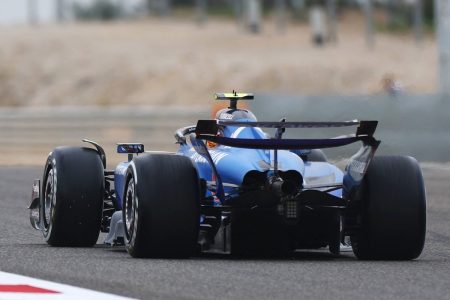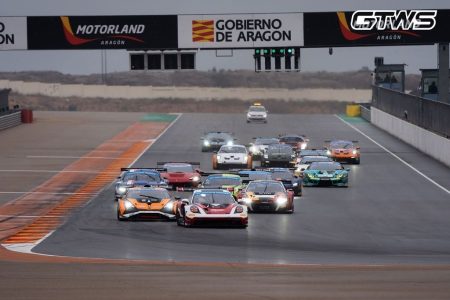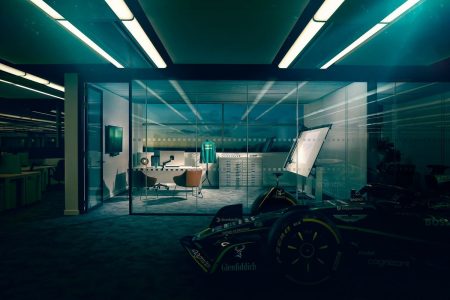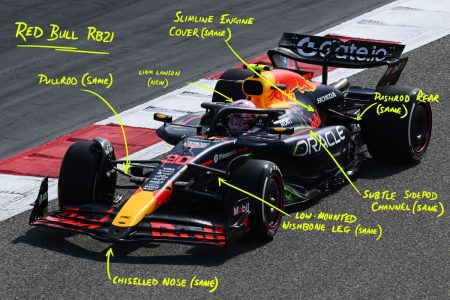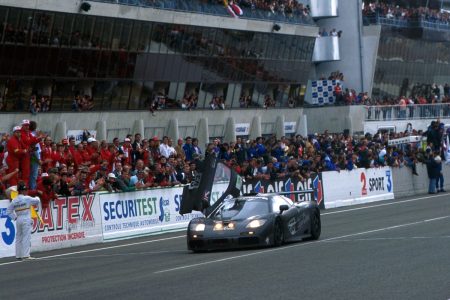Ferrari’s Dominance in the Qatar World Endurance Championship
Each of the Ferrari 499Ps that flashed past the chequered flag in a tight formation in positions one to three at the Qatar World Endurance Championship (WEC) curtain-raiser was a worthy winner. They were separated by a mere three seconds after 10 hours of intense racing, and any one of them could have clinched the victory in the final dash to the finish post the last pit stops. However, one thing was certain in the desert on Friday: a Ferrari victory was never in doubt. The Italian manufacturer’s Le Mans Hypercar was nothing short of dominant on the Lusail International Circuit. The 499P’s superiority was so pronounced that one of the cars managed to fight back from no fewer than four penalties to secure the final podium spot. No other manufacturer came close to challenging Ferrari’s dominance over the course of the 1,812-kilometer race.
A Hard-Fought Victory for the Ferrari Team
The internecine battle at Ferrari reached its climax when Antonio Fuoco, Nicklas Nielsen, and Miguel Molina crossed the finish line to claim the first WEC victory outside of Le Mans for one of the factory AF Corse-run Hypercar entries. They edged out by just 2.3 seconds the customer AF car shared by Robert Kubica, Yifei Ye, and Phil Hanson. A mere 0.3 seconds further back was the second works 499P driven by James Calado, Antonio Giovinazzi, and Alessandro Pier Guidi. Despite the 10-hour race being cut short by 17 laps, the competition among the Ferraris remained intense, with the gaps between them narrowing significantly in the final 45 minutes.
Strategic Maneuvers and Tire Management
The final stages of the race were marked by strategic pit stops and tire management. When Fuoco extended his pit stop by four laps, he emerged with a lead of just under six seconds over Kubica. Meanwhile, Pier Guidi, who had taken over from Calado, was 13 seconds behind. The Ferraris were on different tire strategies, with Fuoco using left front hards that were into their third stint, while Kubica was on a set of quadrupled tires. Pier Guidi, with fresher rubber, was the one making the moves, but Kubica held his ground, focusing on both the car in front and the one behind. The customer Ferrari, which was essentially a satellite works entry, closed the gap to under three seconds with about 10 minutes to go. Kubica’s challenge was to maintain his position while fending off Pier Guidi, who was gaining fast.
Penalties and Safety Cars: A Double-Edged Sword
The dominance of the Ferrari 499P wasn’t solely due to speed; it was also a result of strategic and technical excellence. The car had the edge in one-lap pace, tire management, and out-lap performance, which are crucial in races without tire heaters. However, the race was not without its challenges. James Calado, who had qualified on pole, faced multiple penalties for on-track and pit lane infringements, including two drive-throughs and two stop-and-h olds. Despite these setbacks, the team’s strategy was bolstered by the four safety cars that interrupted the race, helping mitigate the time lost to penalties. After the final full neutralization, Pier Guidi was down in seventh place, while the other two Ferrari cars were at the top of the leaderboard.
Rivals Struggle to Keep Pace
BMW and Toyota, the closest competitors to Ferrari, struggled to keep pace. The fastest of BMW’s two M Hybrid V8 LMDhs, driven by Dries Vanthoor, Kevin Magnussen, and Raffaele Marciello, secured fourth place. Magnussen faced early setbacks, including a stuck speed limiter and a new nose after contact, while Vanthoor was penalized for contact with Fuoco. The Jota Cadillac team, which had the potential to challenge for the top positions, suffered an early-race implosion when Alex Lynn ran into the back of Jenson Button, resulting in a penalty and a significant loss of positions. The incident, for which Lynn was deemed responsible, left the team and drivers reluctant to comment, highlighting the high stakes and intense competition in the WEC.
Ferrari’s Ascendancy: A Confluence of Factors
Ferrari’s dominance at Qatar can be attributed to a combination of factors, including meticulous preparation and strategic advantages. Nielsen acknowledged the team’s hard work over the winter, but the success cannot be attributed solely to effort. The Balance of Performance (BoP) played a significant role, with the Ferrari 499P shedding 38kg since the previous year. The car’s minimum weight limit of 1037kg was comparable to its successful runs at Le Mans and Imola, where it either won or should have. The Porsche 963 LMDh, which dominated last year, struggled this time around, running heavier and failing to challenge Ferrari. BMW M Motorsport boss Andreas Roos summed it up succinctly: "Ferrari were just quicker, just better on pace. There wasn’t a lot we could do."
Looking Ahead: The Road to Success
Ferrari’s success at the Qatar WEC curtain-raiser sets a high bar for the rest of the season. The team’s commitment to leaving no stone unturned in their preparation and the strategic advantages gained through the Balance of Performance have positioned them as strong contenders for the world championship. The next challenge for Ferrari is to maintain this level of performance and adapt to the varying conditions and circuits of the WEC. The intense competition and high stakes of endurance racing mean that every race will be a test of both skill and strategy. Ferrari will be looking to build on this success and continue their quest for supremacy in the world of endurance racing.


